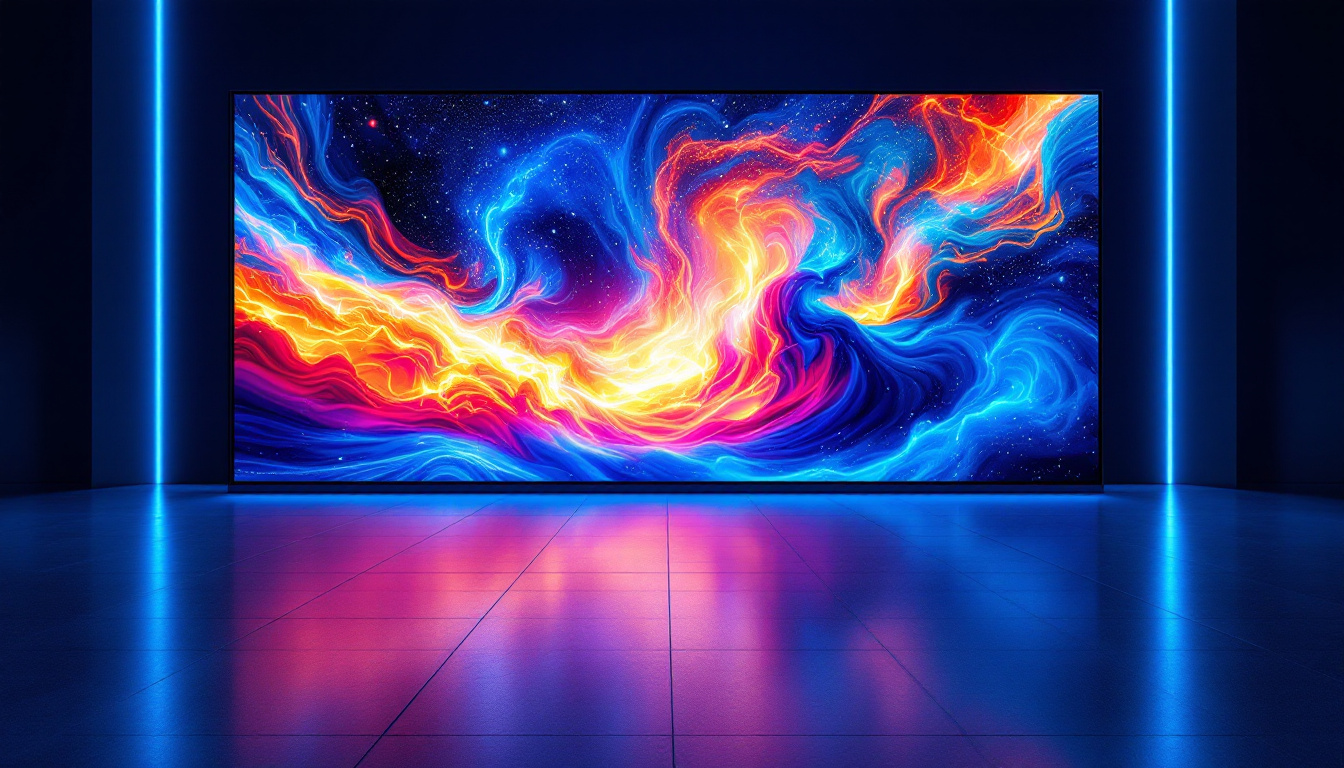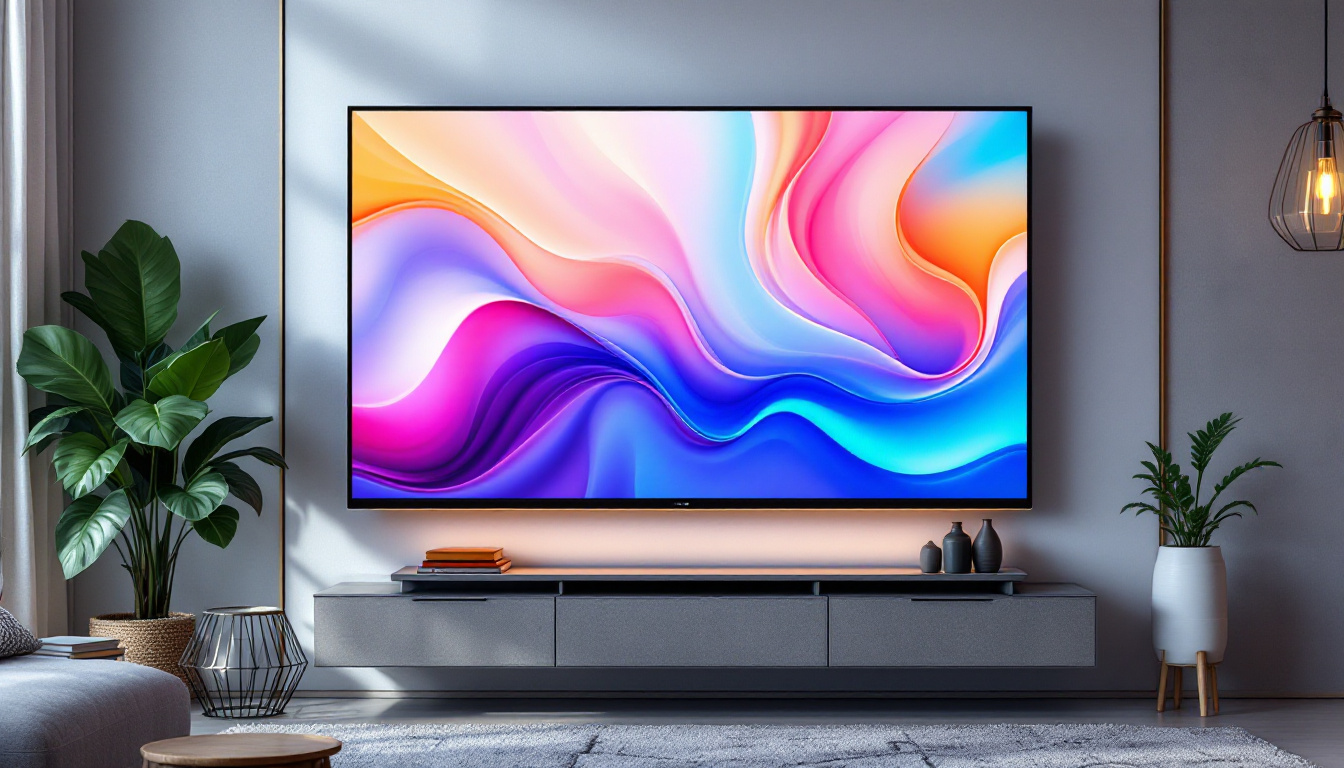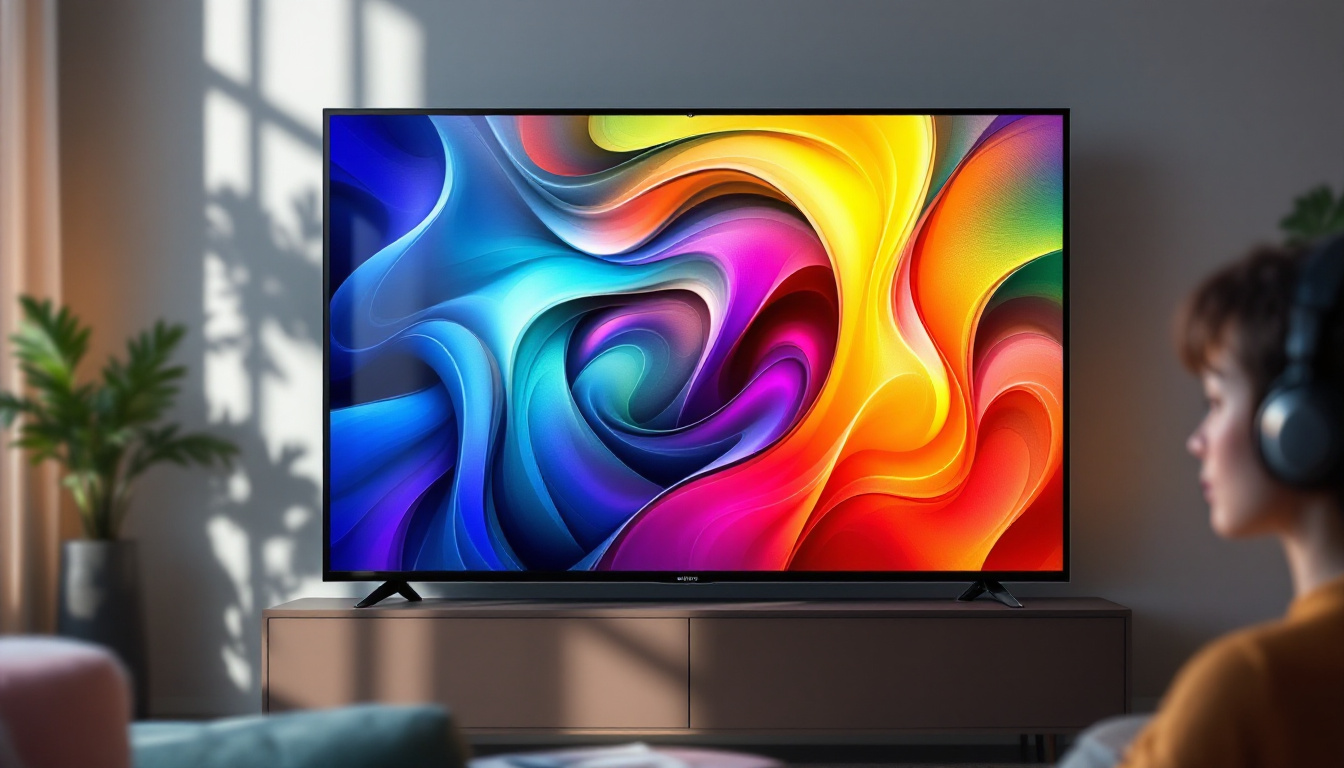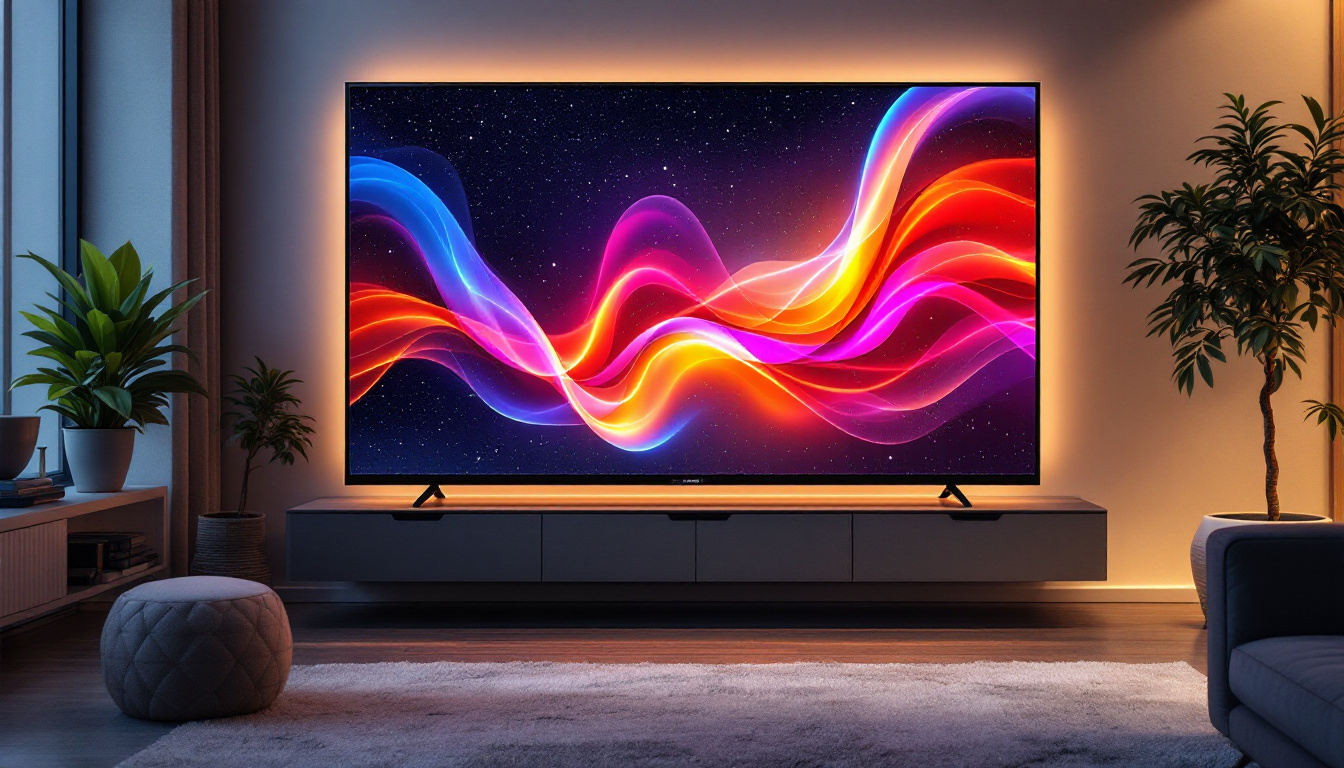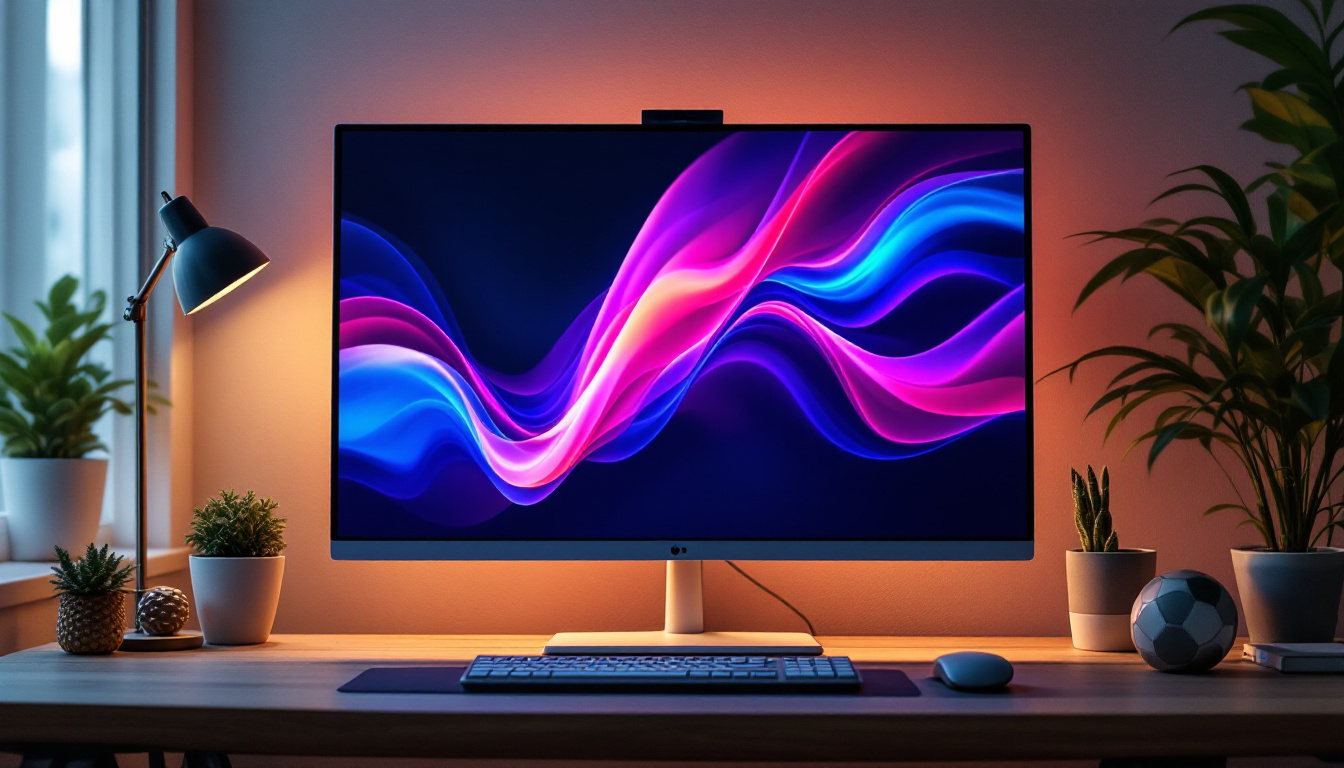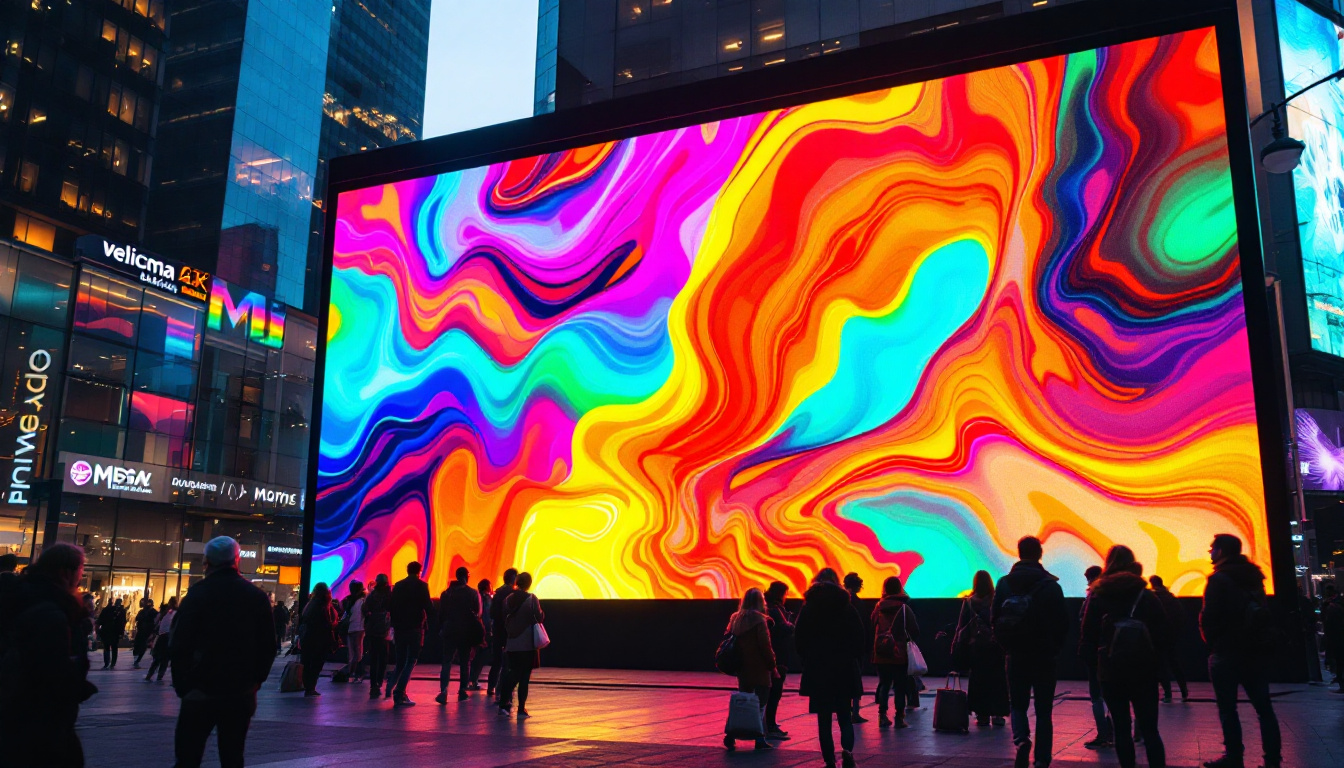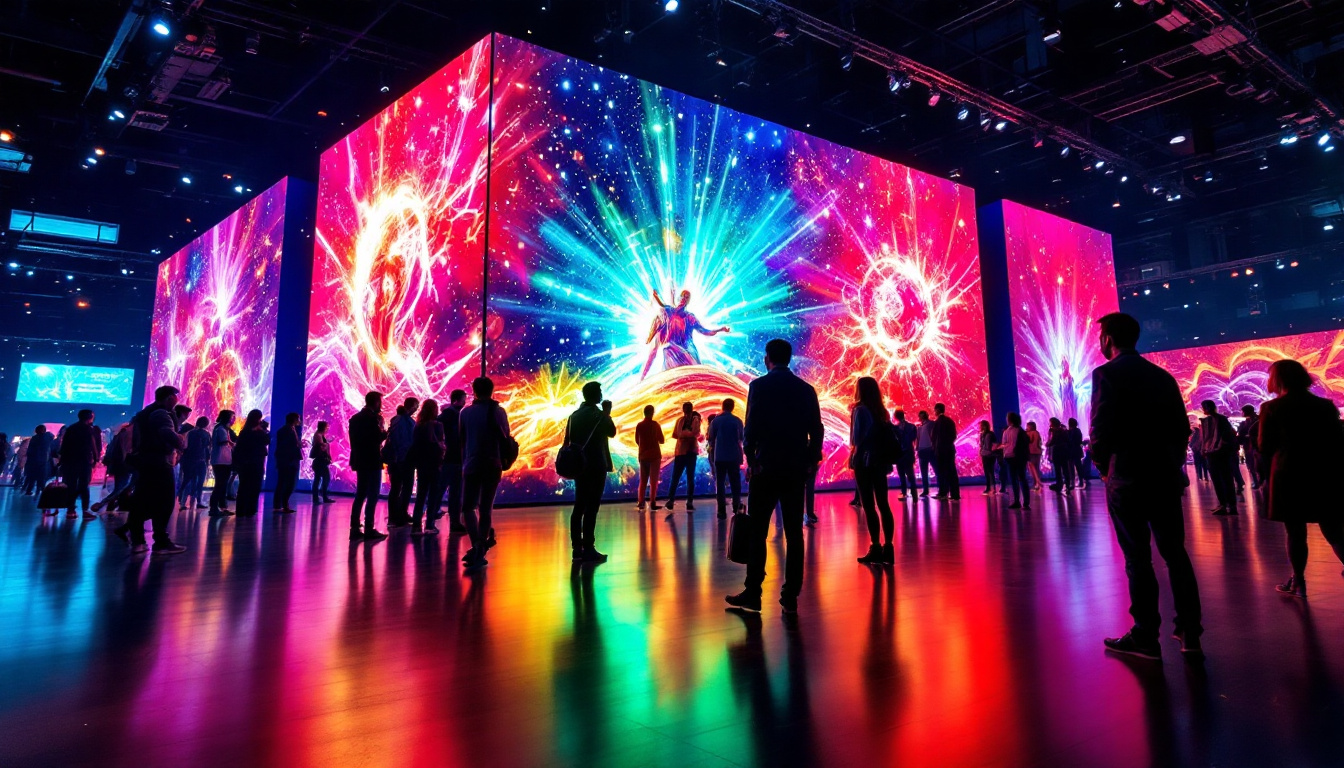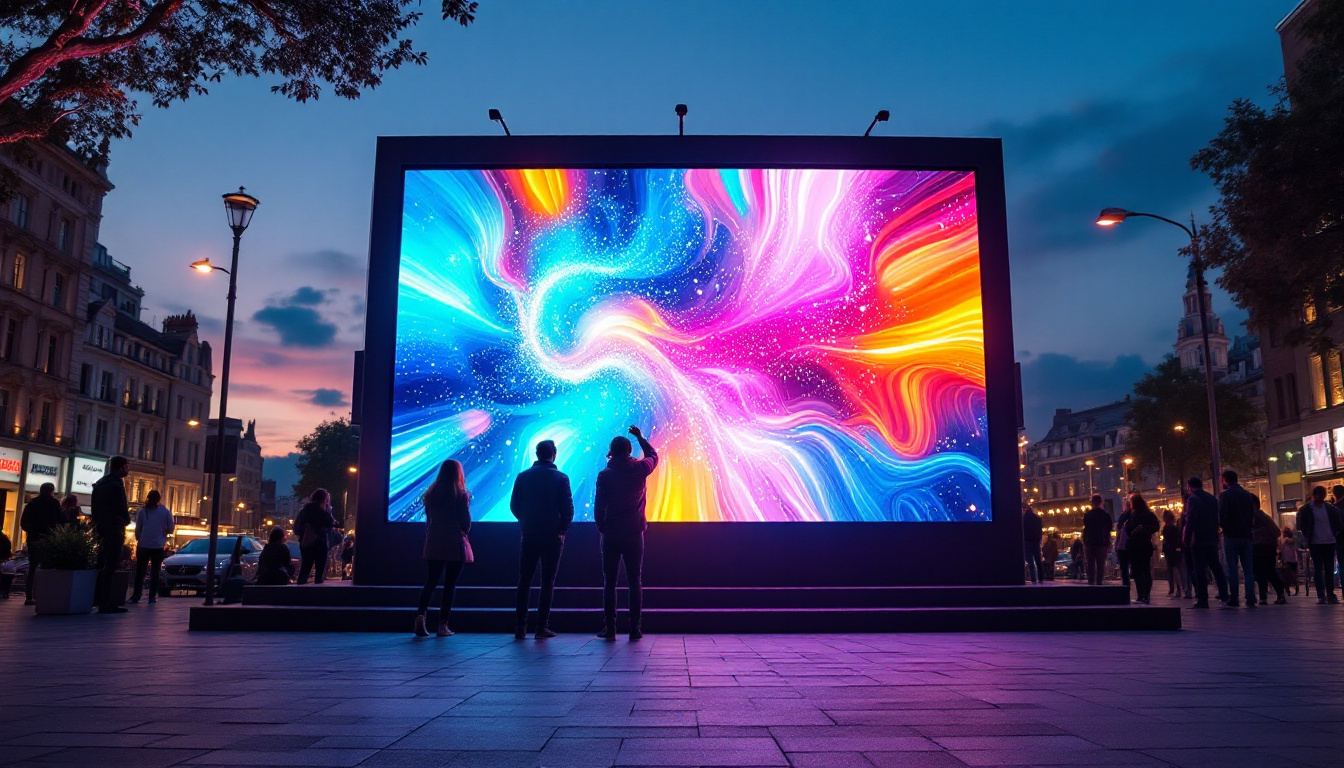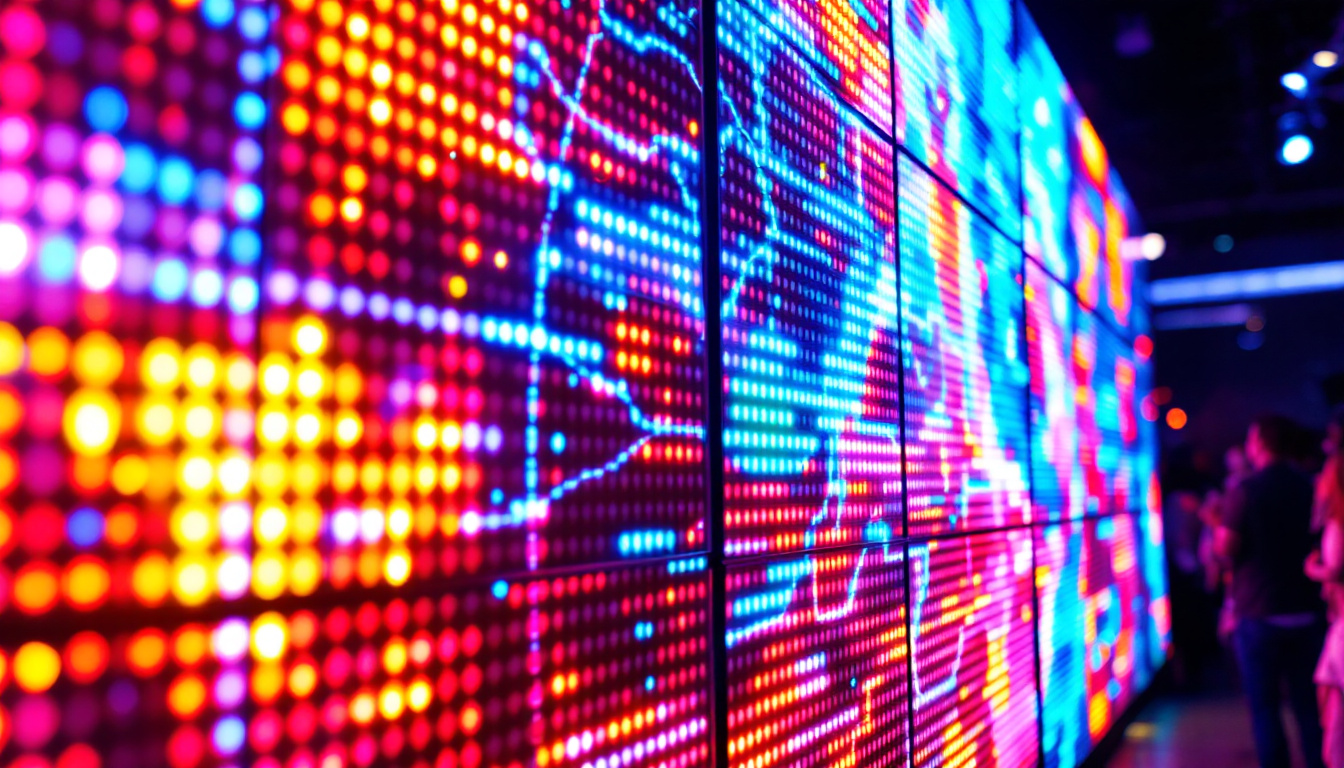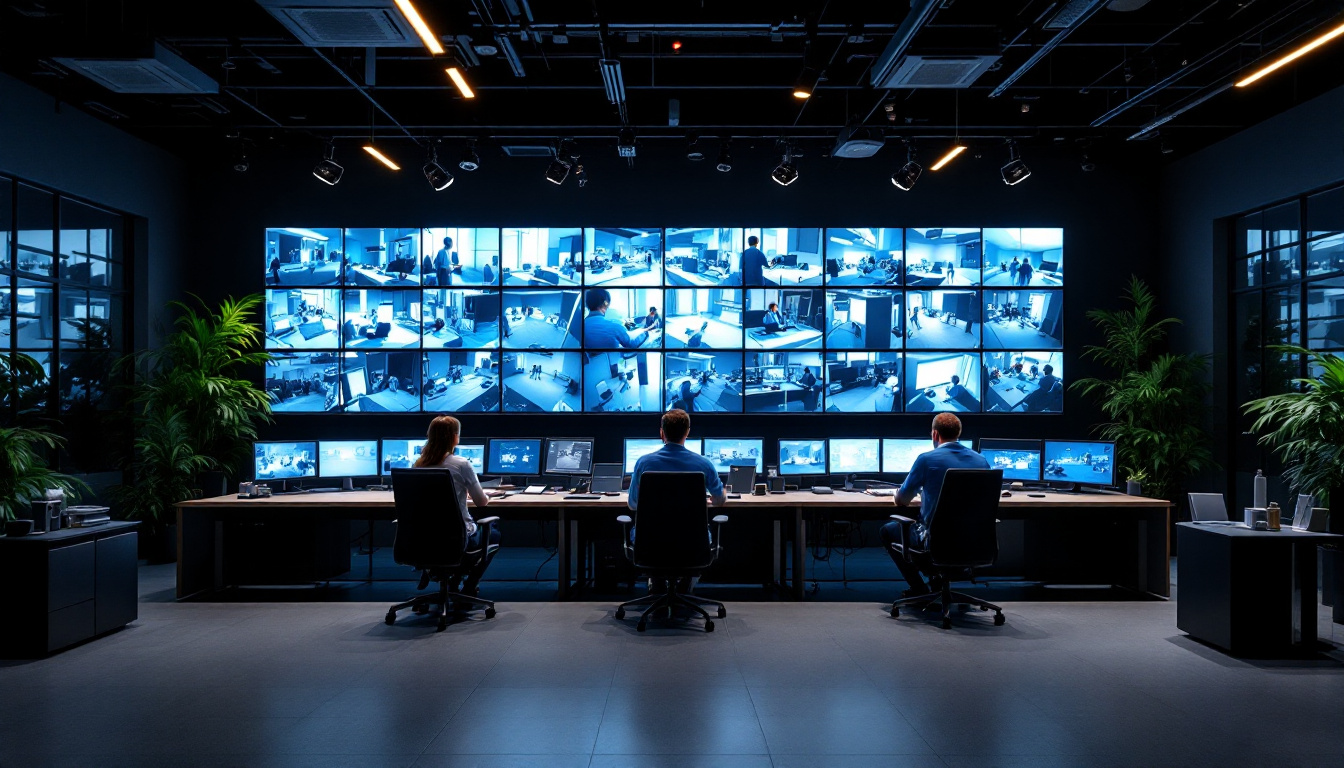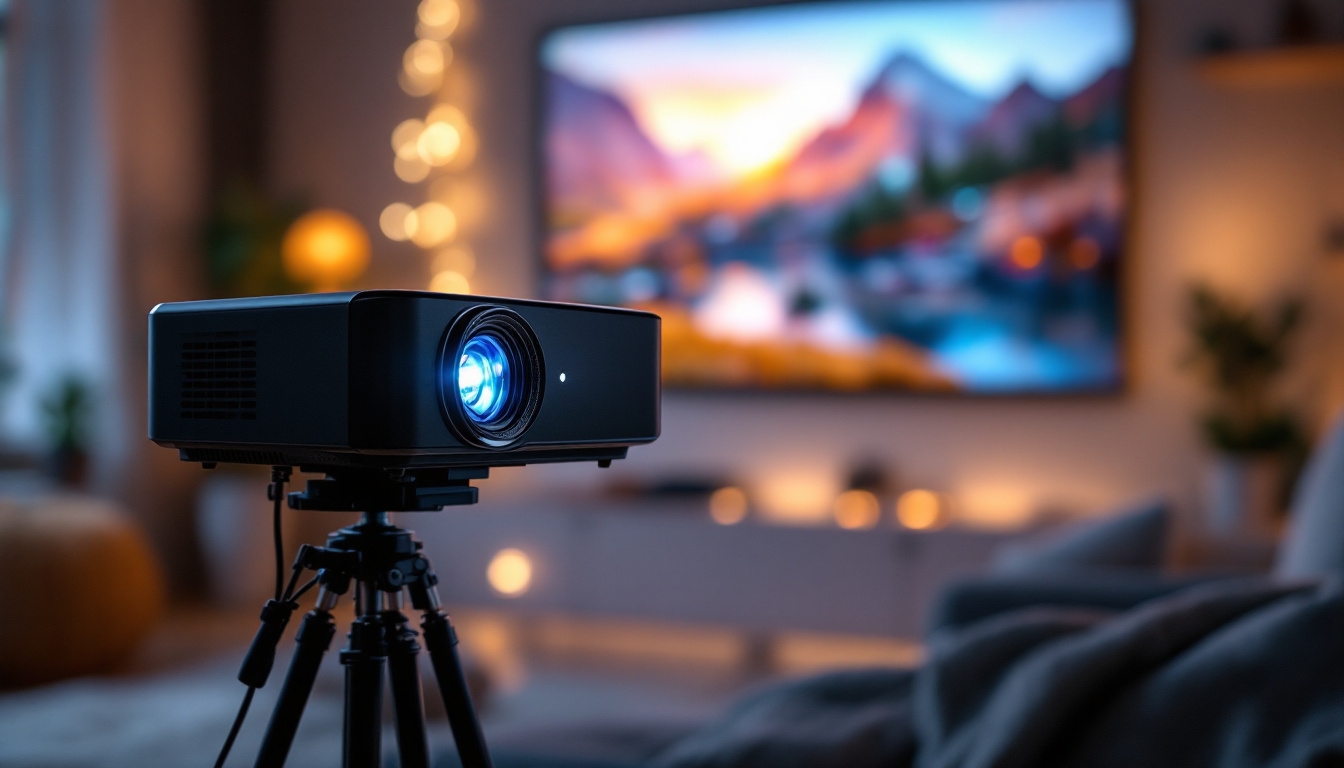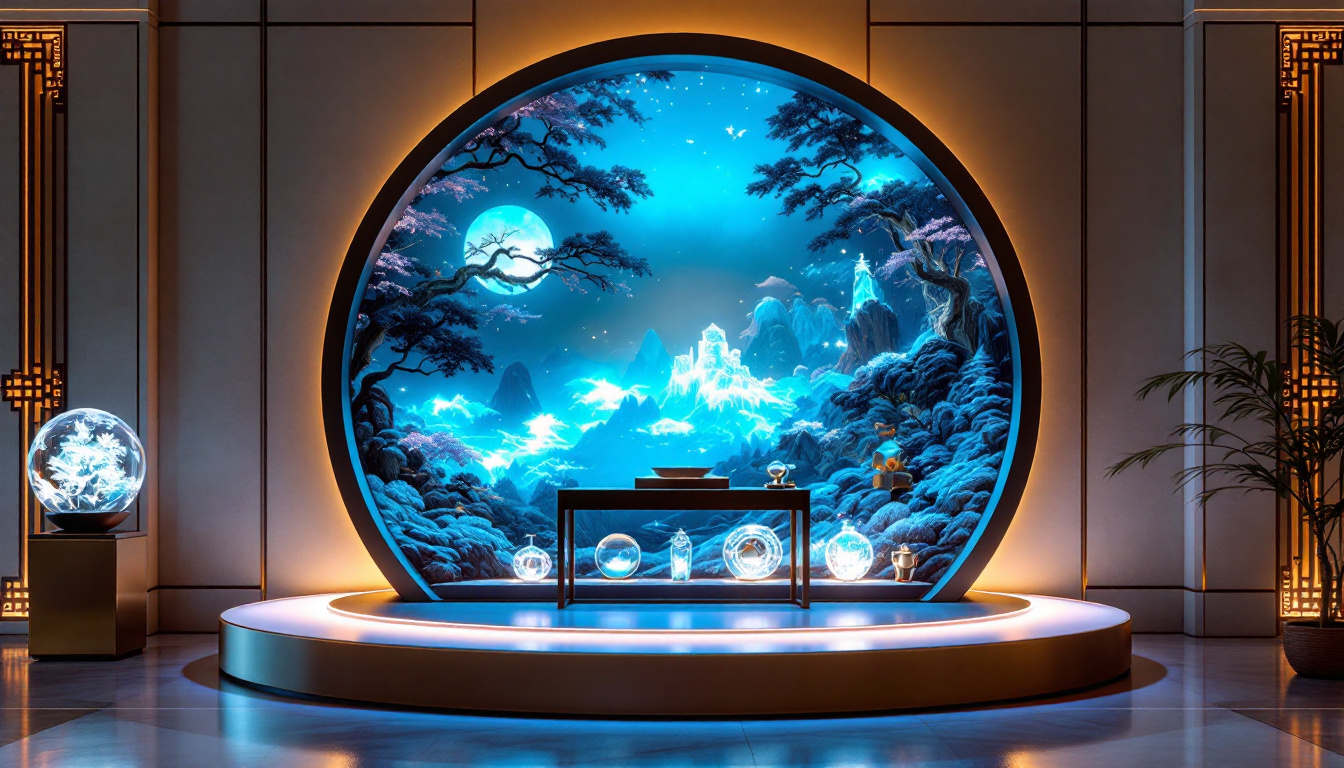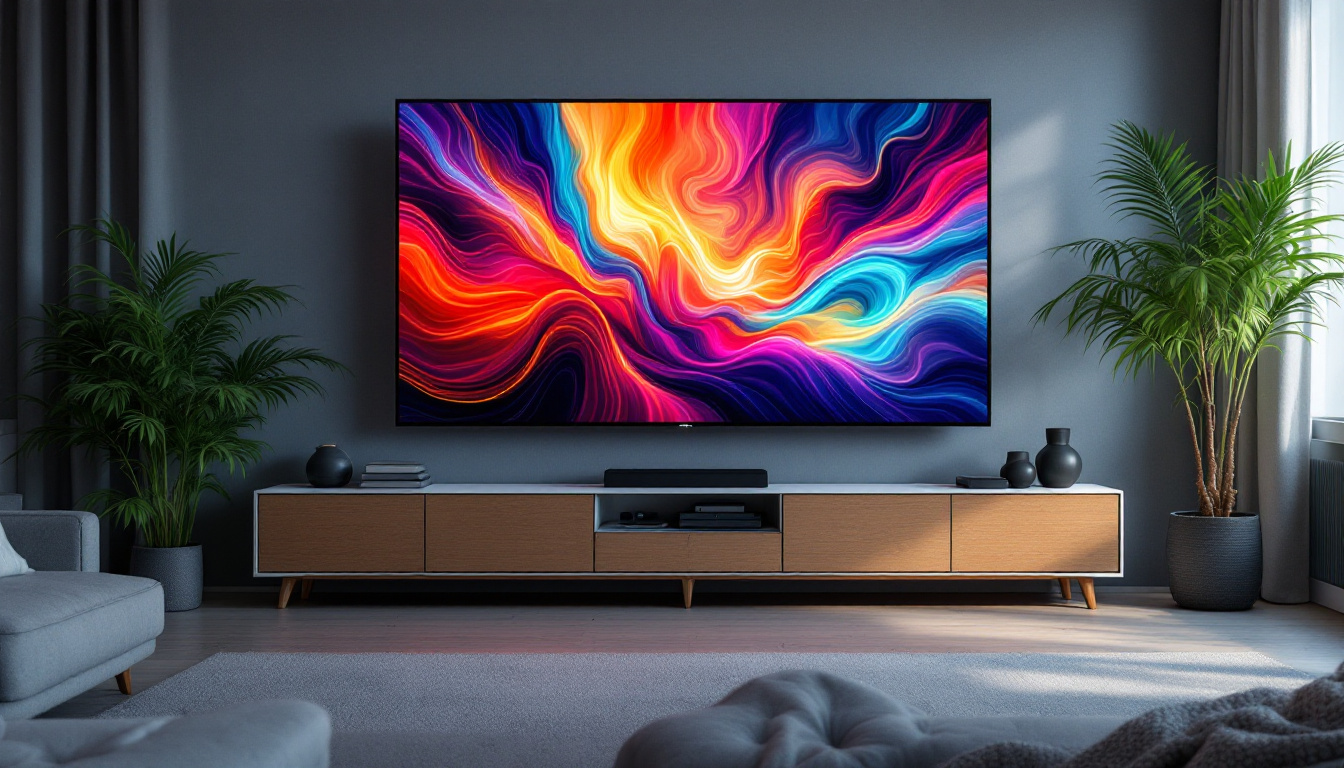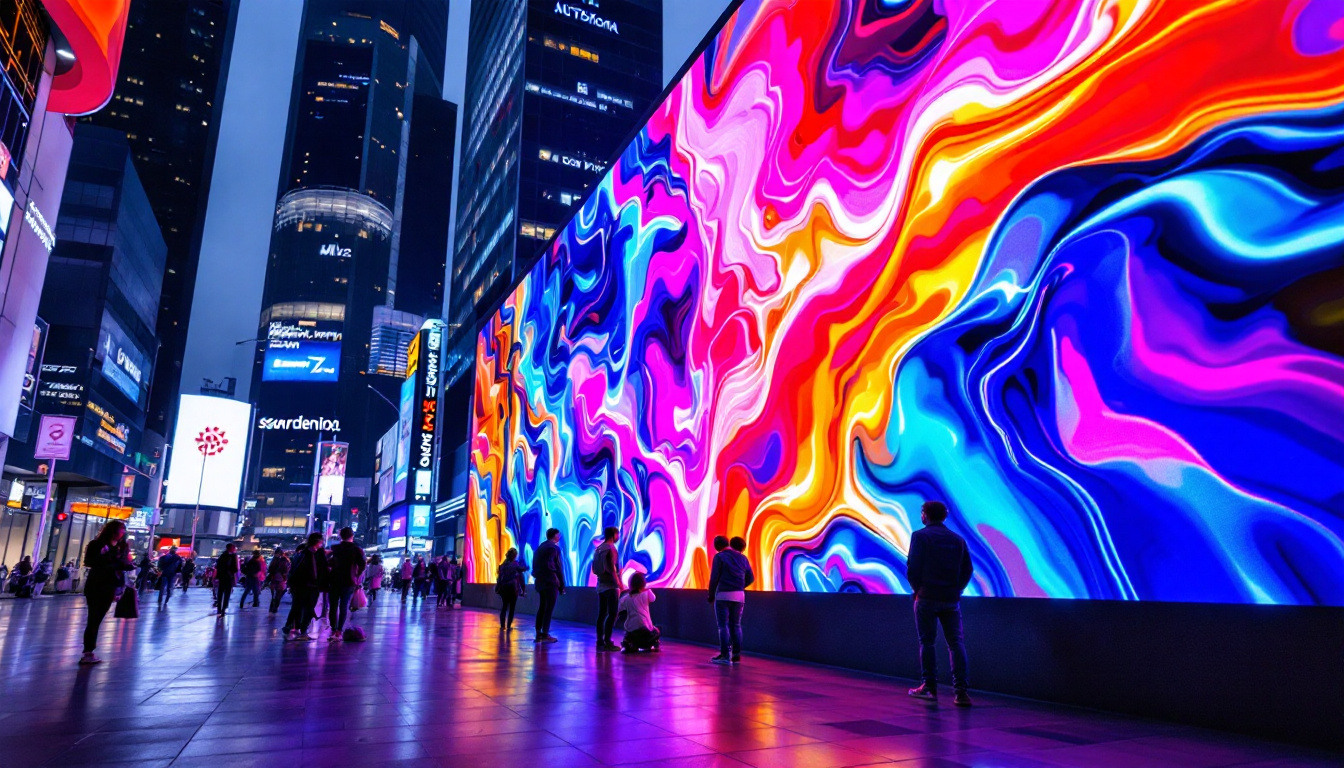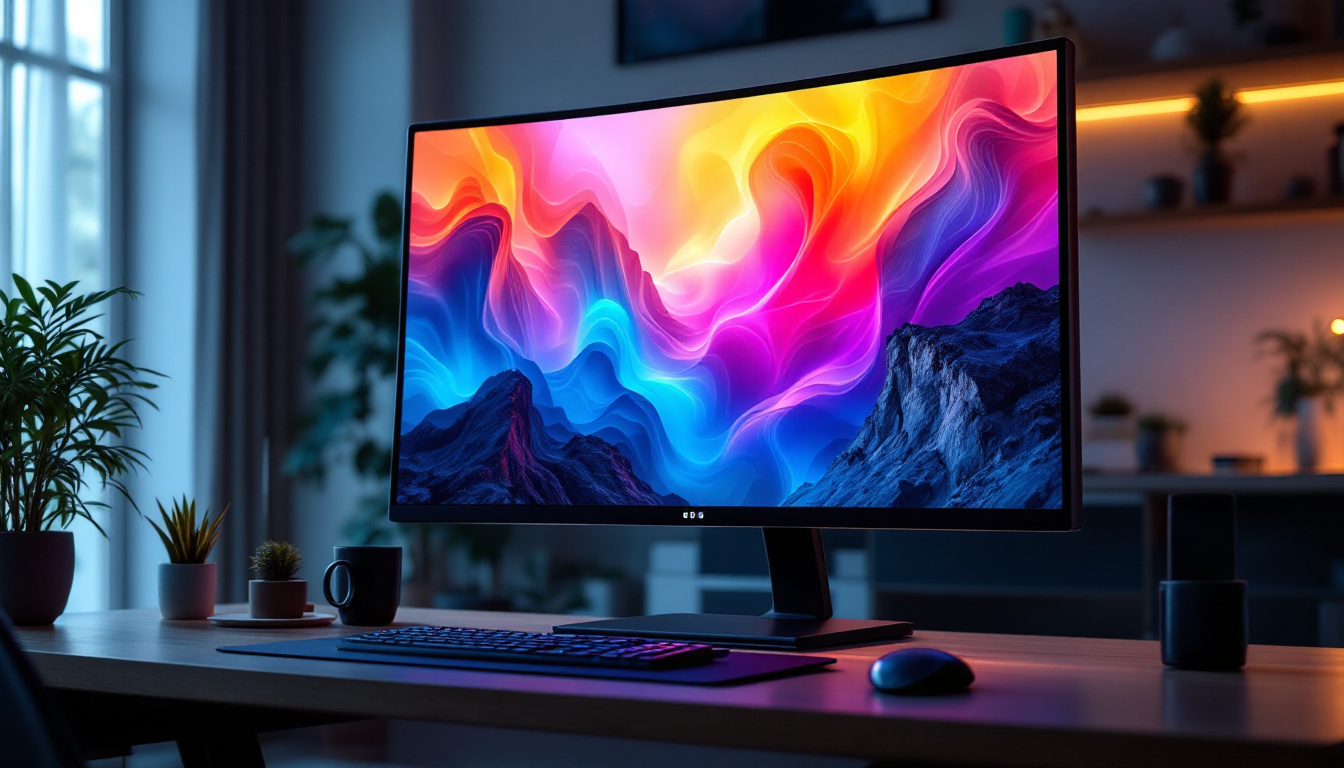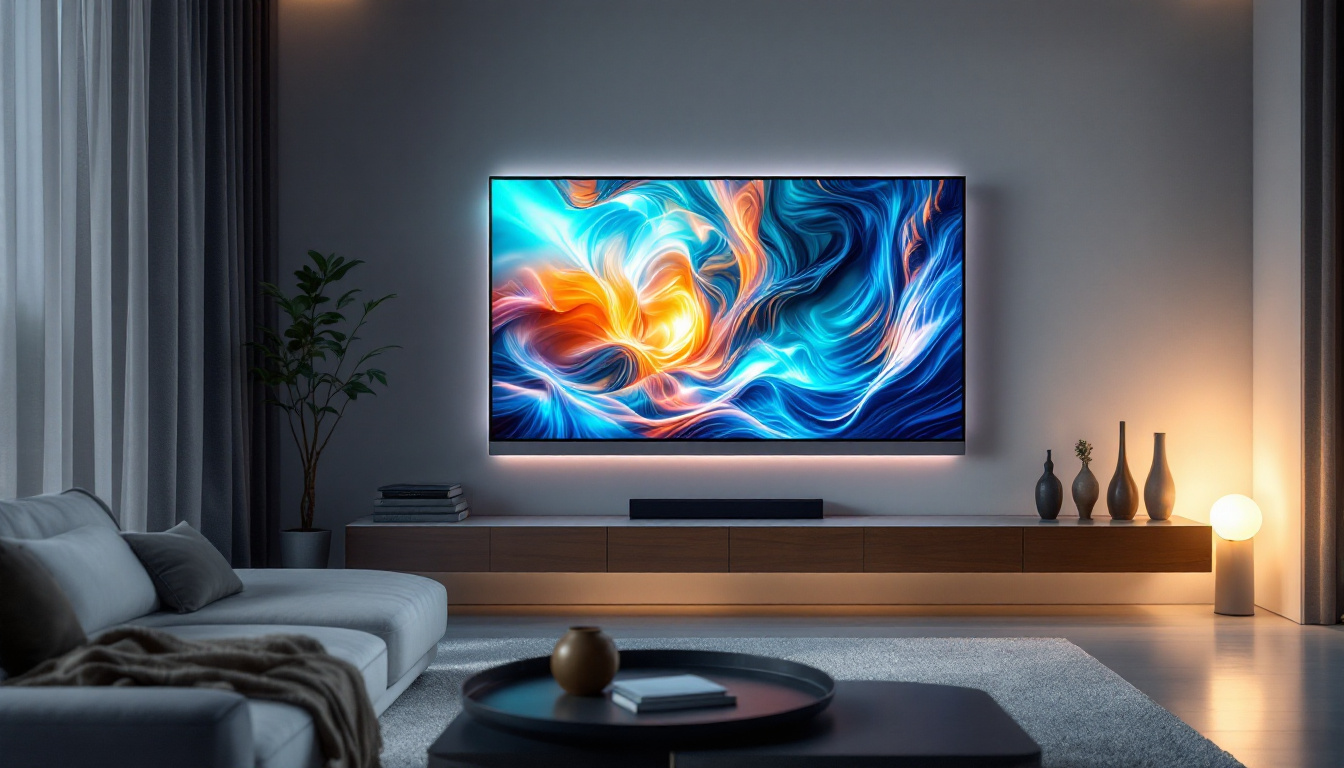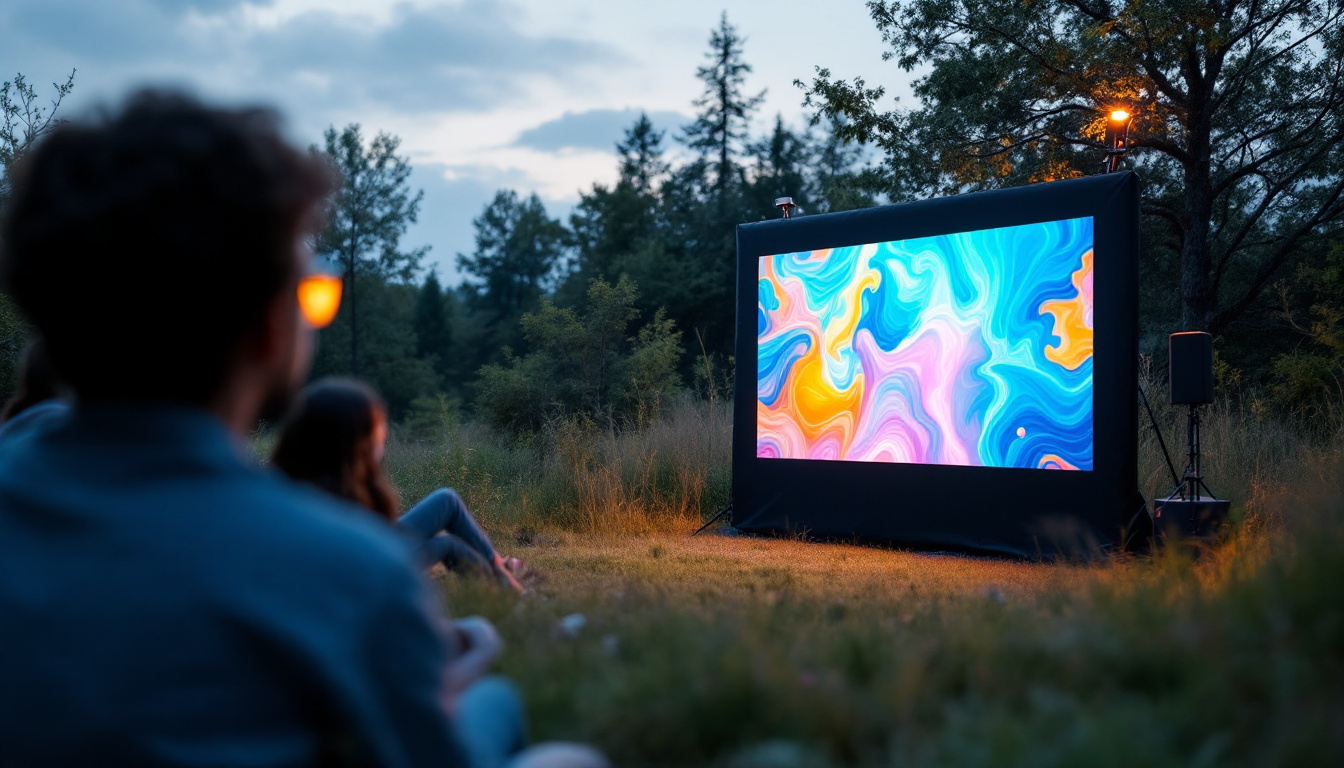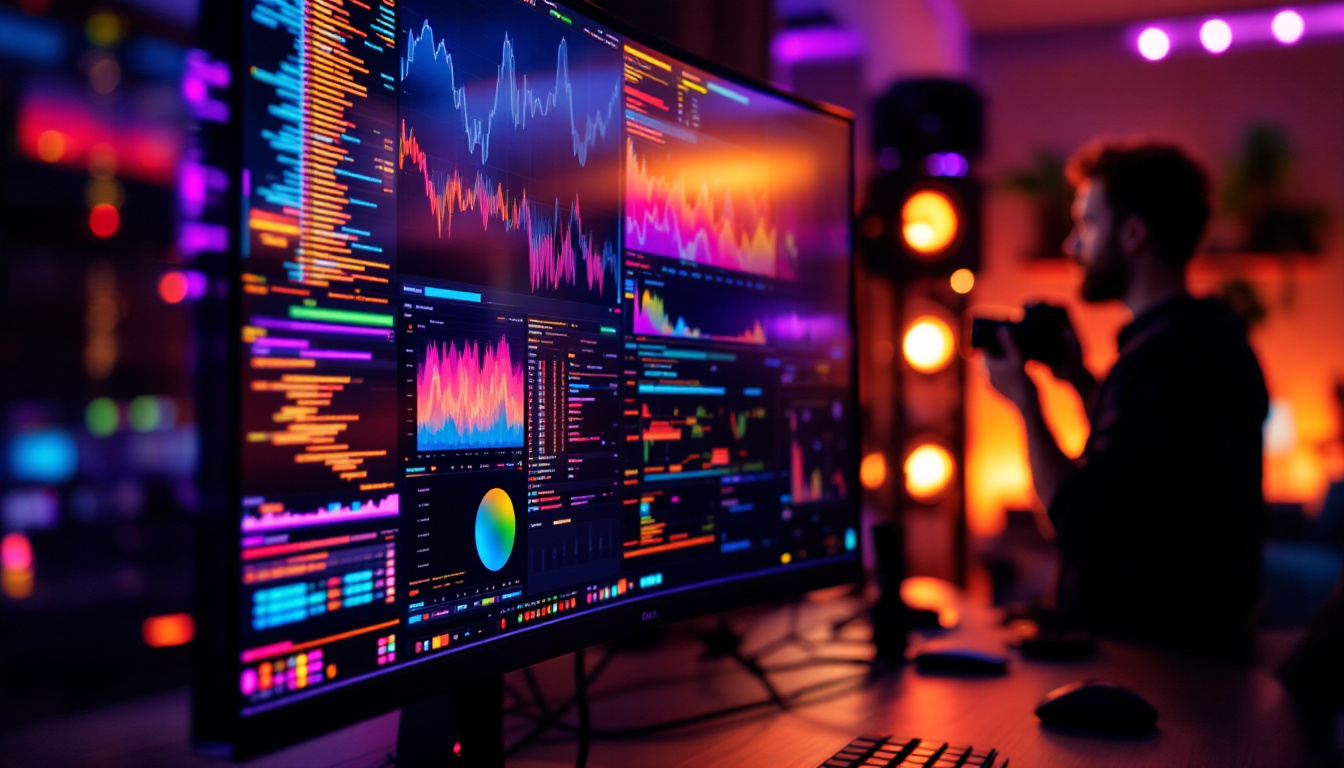The world of display technology has evolved significantly over the years, with various aspect ratios and resolutions emerging to cater to diverse needs. Among these, the 21:9 aspect ratio has gained considerable traction, especially among gamers, filmmakers, and professionals in creative fields. This article delves into the intricacies of 21:9 resolution LED displays, exploring their advantages, applications, and what makes them a compelling choice for consumers.
Understanding Aspect Ratios
Aspect ratio refers to the proportional relationship between the width and height of a display screen. It is expressed as two numbers separated by a colon, such as 16:9 or 21:9. The first number represents the width, while the second represents the height. The 21:9 aspect ratio is commonly known as ultra-wide, providing a wider field of view compared to traditional formats.
Comparing 21:9 to Other Aspect Ratios
To appreciate the significance of the 21:9 aspect ratio, it’s essential to compare it with more common formats. The standard 16:9 aspect ratio, prevalent in most televisions and monitors, offers a more traditional viewing experience. While it is suitable for general use, it can limit the immersive experience that many users seek.
The 21:9 aspect ratio, on the other hand, allows for a more cinematic experience. It mimics the format used in many films, making it ideal for watching movies and playing games designed for ultra-wide displays. This aspect ratio provides a broader view, enhancing the overall engagement and immersion.
The Rise of Ultra-Wide Displays
In recent years, ultra-wide displays have surged in popularity, particularly among gamers and content creators. The ability to see more on the screen without the need for multiple monitors is a significant draw. For gamers, this means an expanded field of vision, allowing for better situational awareness during gameplay. For professionals, the additional screen real estate facilitates multitasking and enhances productivity.
Moreover, the ultra-wide format is not just limited to gaming; it has also found its place in professional environments. Video editing, for instance, benefits greatly from the 21:9 aspect ratio, as editors can view timelines and multiple video tracks side by side without the clutter of overlapping windows. Similarly, graphic designers appreciate the expansive canvas that ultra-wide monitors provide, enabling them to work on larger projects with greater detail and precision. As technology continues to evolve, it’s likely that we will see even more innovative applications for ultra-wide displays across various fields.
Additionally, the rise of ultra-wide displays has prompted manufacturers to develop more advanced features tailored specifically for this format. Curved ultra-wide monitors have gained traction, offering an even more immersive experience by wrapping the screen around the viewer’s field of vision. This curvature enhances depth perception and reduces distortion at the edges of the screen, making it easier to focus on the content. With the increasing availability of high refresh rates and adaptive sync technologies, ultra-wide displays are becoming an essential tool for both gamers and professionals seeking to elevate their visual experience.
Benefits of 21:9 LED Displays
Choosing a 21:9 LED display comes with a host of advantages that cater to various user needs. From enhanced visual experiences to improved productivity, these displays are designed to deliver exceptional performance.
Immersive Viewing Experience
One of the most notable benefits of a 21:9 LED display is the immersive viewing experience it offers. The wider screen allows for a more expansive view, making it ideal for watching movies and playing games. Filmmakers often shoot in this aspect ratio, so watching films on a 21:9 display provides a true cinematic experience without the black bars that can appear on standard screens.
Moreover, gamers benefit from the increased peripheral vision that a wider display provides. This can be particularly advantageous in competitive gaming, where awareness of the environment can make a significant difference in performance.
Enhanced Productivity
For professionals, a 21:9 LED display can significantly enhance productivity. The additional screen space allows for multiple applications to be open simultaneously, reducing the need for constant window switching. This is particularly useful for tasks such as video editing, graphic design, and programming, where having multiple tools and documents visible at once can streamline workflow.
Additionally, the ultra-wide format is beneficial for presentations and collaborative work. It allows for a more comprehensive view of content, making it easier to share ideas and information with colleagues.
Improved Gaming Experience
Gamers are one of the primary demographics driving the demand for 21:9 displays. The immersive experience provided by ultra-wide screens enhances gameplay, allowing players to see more of the game world at once. Many modern games are optimized for this aspect ratio, providing stunning visuals and an engaging experience.
Furthermore, the reduction in screen tearing and stuttering, often achieved through technologies like G-Sync and FreeSync, enhances the overall gaming experience. The combination of a high refresh rate and low response time in many 21:9 LED displays ensures smooth and fluid gameplay.
Common Applications of 21:9 LED Displays
The versatility of 21:9 LED displays makes them suitable for a wide range of applications. From entertainment to professional use, these displays cater to various needs and preferences.
Home Theater Systems
For home theater enthusiasts, a 21:9 LED display can transform the viewing experience. The ultra-wide format is perfect for watching movies, as it aligns with the cinematic aspect ratio used in many films. This eliminates the black bars that often appear when viewing standard aspect ratio content on a traditional screen.
Additionally, many streaming services and Blu-ray discs offer content in 21:9 format, making it a natural fit for those who prioritize high-quality home entertainment. The immersive experience provided by these displays enhances the enjoyment of films and series, making movie nights more engaging.
Gaming
As previously mentioned, gaming is a primary application for 21:9 LED displays. The wider field of view allows players to take in more of the game world, providing a competitive edge in many titles. This aspect ratio is particularly beneficial for first-person shooters and racing games, where peripheral vision can be crucial.
Moreover, the visual fidelity and detail provided by modern 21:9 displays enhance the overall gaming experience. Many gamers find that the investment in an ultra-wide monitor is well worth it for the immersive gameplay and stunning visuals.
Professional Use
In professional settings, 21:9 LED displays are increasingly being adopted for tasks such as video editing, graphic design, and data analysis. The additional screen space allows for a more efficient workflow, enabling professionals to have multiple applications open simultaneously without sacrificing visibility.
For video editors, the ability to view timelines and previews side by side can streamline the editing process. Graphic designers benefit from the expansive canvas that ultra-wide displays provide, allowing for more detailed work without the need for constant zooming and scrolling.
Considerations When Choosing a 21:9 LED Display
While the benefits of 21:9 LED displays are numerous, there are several considerations to keep in mind when selecting the right model. Understanding these factors can help ensure that the chosen display meets the user’s specific needs.
Resolution
Resolution is a critical factor to consider when purchasing a 21:9 LED display. Common resolutions for ultra-wide displays include 2560×1080 (Full HD) and 3440×1440 (Ultra HD). Higher resolutions provide better image clarity and detail, making them ideal for gaming and professional use.
For gamers, a higher resolution can enhance the visual experience, especially in graphically demanding titles. Professionals in creative fields may also benefit from higher resolutions, as they allow for more precise work and better color accuracy.
Refresh Rate and Response Time
The refresh rate and response time of a display play a significant role in its performance, particularly for gaming. A higher refresh rate (such as 144Hz or 240Hz) results in smoother motion and reduced motion blur, which can be advantageous in fast-paced games.
Similarly, a low response time (measured in milliseconds) minimizes ghosting and ensures that fast-moving images appear sharp and clear. When selecting a 21:9 LED display, it is essential to consider these specifications to ensure an optimal gaming experience.
Connectivity Options
Connectivity options are another vital consideration when choosing a 21:9 LED display. Ensure that the display has the necessary ports to connect to your devices, such as HDMI, DisplayPort, and USB-C. Additionally, some monitors offer features like KVM switches, which allow users to control multiple devices from a single keyboard and mouse setup.
Having a variety of connectivity options ensures that the display can accommodate different devices and setups, enhancing its versatility and usability.
Future of 21:9 Displays
The future of 21:9 displays looks promising as technology continues to advance. With improvements in resolution, refresh rates, and color accuracy, these displays are likely to become even more appealing to consumers.
Technological Advancements
As display technology evolves, we can expect to see significant advancements in 21:9 LED displays. Innovations such as OLED technology may provide even better contrast ratios and color accuracy, enhancing the overall viewing experience. Additionally, the integration of features like HDR (High Dynamic Range) will allow for more vibrant colors and improved detail in both bright and dark scenes.
Furthermore, the growing demand for ultra-wide displays in gaming and professional environments will likely drive manufacturers to develop more models with enhanced features and performance capabilities.
Increased Adoption Across Industries
As awareness of the benefits of 21:9 displays continues to grow, more industries are likely to adopt this technology. From gaming to professional use, the advantages of ultra-wide displays are becoming increasingly recognized.
In the gaming industry, developers are likely to continue optimizing their titles for ultra-wide formats, further enhancing the appeal of 21:9 displays. In professional settings, companies may invest in these displays to improve productivity and collaboration among teams.
Conclusion
The 21:9 aspect ratio LED display offers a unique blend of immersive viewing experiences and enhanced productivity. With applications ranging from home theater systems to professional workspaces, these displays cater to a variety of needs. As technology continues to advance, the future of 21:9 displays looks bright, promising even more exciting developments for consumers.
Understanding the benefits, applications, and considerations when selecting a 21:9 LED display can help users make informed decisions, ensuring they choose the right monitor for their needs. Whether for gaming, entertainment, or professional use, the ultra-wide display is a compelling choice that enhances the overall experience.
Discover the Future of Visual Experience with LumenMatrix
Ready to elevate your visual experience with the ultra-wide, immersive world of 21:9 LED displays? Look no further than LumenMatrix, a pioneer in LED display technology. Our extensive range of solutions, from Indoor and Outdoor LED Wall Displays to innovative LED Transparent Displays, is designed to transform your space and captivate your audience. Whether for gaming, cinematic home theaters, or dynamic professional environments, LumenMatrix is committed to revolutionizing your visual communication. Check out LumenMatrix LED Display Solutions today and step into the future of digital signage and display technology.

